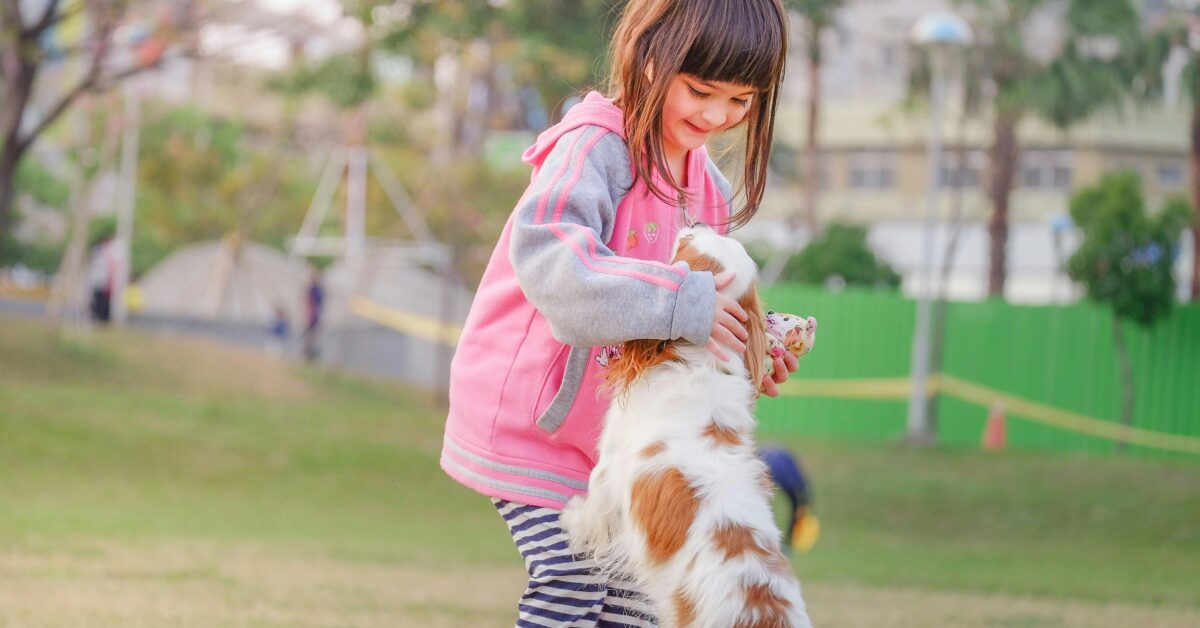
The Science Behind Positive Reinforcement Training
Training your dog should be a rewarding experience for both you and your furry companion. One of the most effective and humane methods is Positive Reinforcement Training. But what makes it so powerful? Let’s break down the science behind it and why it’s the best choice for shaping your dog’s behavior.
What is Positive Reinforcement Training?
Positive Reinforcement Training is based on a simple concept: reward the behaviors you want to see more of. When your dog performs a desired action—like sitting, staying, or coming when called—you immediately reward them with something they love, such as treats, praise, or playtime. Over time, they associate good behavior with positive outcomes, making them more likely to repeat those actions.
This method is backed by behavioral psychology, specifically operant conditioning, a learning process studied by psychologist B.F. Skinner. His research showed that behaviors followed by rewards are more likely to be repeated, while those without reinforcement tend to fade away.
Why Does Positive Reinforcement Work So Well?
1. It Strengthens the Human-Dog Bond
Traditional training methods that rely on punishment can create fear and stress in dogs. In contrast, **Positive Reinforcement Training** builds trust and strengthens your relationship. Your dog learns to associate training sessions with fun and rewards, making them more eager to learn.
2. Dogs Learn Faster and Retain More
Studies have shown that dogs trained with positive reinforcement pick up new commands faster and retain them longer. Since they’re motivated by rewards, they stay engaged and focused during training sessions.
3. It Encourages Good Behavior Without Fear
Some training methods use punishment or negative reinforcement, which can cause anxiety or even aggression. **Positive Reinforcement Training** eliminates the need for fear-based tactics, creating a confident and well-behaved dog.
How to Use Positive Reinforcement Effectively
1. Timing is Key
The reward must come **immediately** after the desired behavior. If there’s too much delay, your dog may not make the connection between their action and the reward.
2. Use High-Value Rewards
Every dog is different, so find what motivates yours. Some love treats, while others prefer toys or verbal praise. Experiment to see what excites them the most.
3. Be Consistent
Repetition and consistency are essential. Everyone in your household should use the same cues and rewards to avoid confusing your dog.
4. Gradually Reduce Treats
Once your dog masters a command, start phasing out treats and replacing them with praise or affection to maintain their good behavior without dependency on food rewards.
Why Sit Means Sit South Anthem Uses Positive Reinforcement
At Sit Means Sit South Anthem, we specialize in Positive Reinforcement Training to help dogs and their owners communicate effectively. Our expert trainers focus on rewarding good behavior, leading to long-lasting results and a happier, well-adjusted pup. Whether you have a new puppy or an older dog needing behavior adjustments, this training method works wonders.
Want to see the benefits firsthand? Contact us today to learn how we can help your dog become their best self!
